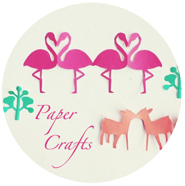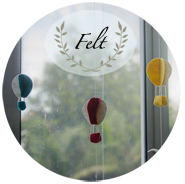
Sensory experiences are very appealing to young children, they delight in the feeling, seeing, smelling, listening and it give hands-on experiences with various materials, by manipulating the materials through placing, pouring, tipping as well as shoving. It can be therapeutic for children, as the tactile play with the materials allows them to express feelings that they may be too young to verbalise.
Sand and other materials
You can get sand cheaply at from plant nurseries but if you want it sterilised, it will be better to get the more expensive ones from toy shops. You can sterilise it yourself but I don’t recommend it as it can be quite tedious. You do not need to buy a designated sand tray, however it has to be large. Other containers that you can use include baby bathtub, large storage containers, inflatable wading pool or even an unused cat litter tray.
There are also many material options to replace sand; materials like rice, beans, corn, uncooked pasta, gravel, shredded newspapers/paper. However my preference is still to use sand as it is a versatile material.
– Sand is portable, so children can find many ways to push, pull, pour in and out of containers, shovel and pour it out of funnels
– When sand is wet, it changes colour, and it can be shaped, the finer the sand the more intricate the shapes can be
– When water evaporates from a structure made with sand, it collapses and when too much water is added, structures do not hold their shapes
Ideas for Sand Play :
Dry sand

1. Provide containers of all shapes and sizes, some funnels, moulds, scoops and spoons
– these can be used for exploring the properties of sand, for counting activities, looking at shapes and comparing weights and length.
– learn about new vocabulary used in capacity, such as ‘more/less than’, ’empty and full’.
2. Stimulate imaginative play by introducing animals, dinosaurs, play people and farm animal figurines to the sand.
3. Play treasure hunt and bury items in the sand for the child to locate using their hands.
4. Pre-writing activities (can also be done with wet sand)
– Put a small amount of sand in a tray, smooth is out with a ruler. Show your child how to write and draw with his/her fingers.
– Give him/her a stick, tooth brush or paintbrush to practice letters, numbers, shapes and patterns.
5. Use a sifter or a panty hose (this is good for very fine sifting) to sift the sand.
Wet Sand
1. Use spoons, recycled plastic food containers, sand moulds pat down with sand, turn upside down to make castles.
2. Use Legos or other toys to make imprints in the sand.
3. Collect a few stones, twigs, seashelles to make a sand garden.
4. Use toy tea set and have a sand tea party.
5. Use toy diggers and dumptrucks to transfer sand from one place to another.
Extend children’s thinking with these questions :
– What will happen if we mix sand and water?
– What will happen to the sand if we add different amounts of water?
– What tools can you use to move sand from one place to another?
– What are the words we can use to describe dry sand/wet sand?
Sand and other sensory experiences can give your child hours of fun playing and learning. It might get a tad bit messy with sand and water spilled on the floor, nevertheless, you can extend the play by getting the child to help you clean up thereafter. Have fun!



















